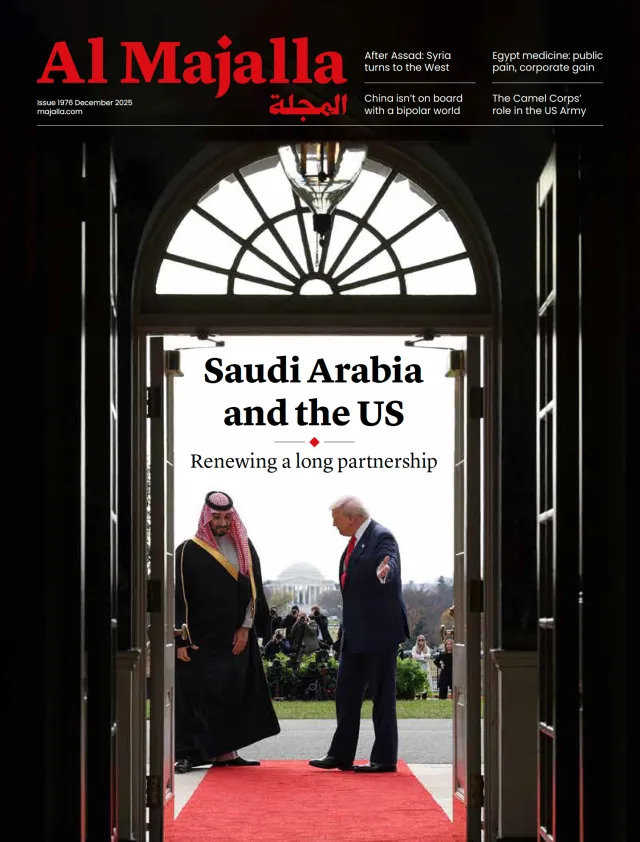The funeral of Hezbollah’s former Secretary General Hassan Nasrallah (along with his designated successor Hashem Safieddine) in Beirut’s southern suburbs wasn't any ordinary funeral for a leader or official—it was a symbolic event that cemented the end of an era for both Lebanon and the region
Practically speaking, it wasn't only Nasrallah who was laid to rest but the very "axis of resistance" itself—an entity led by Iran that Israel had beaten back last year with a string of successive blows and assassinations.
The precarious security situation made it so that Nasrallah had to be buried in a secret location in September 2024 until conditions were safe enough to hold a public funeral to commemorate a leader who had shaped the nation and the greater regional 'resistance axis' in profound ways over the past decades.
After meticulous negotiations and mediations through intermediaries with Israel, the public funeral was finally allowed to take place in Beirut yesterday, 23 February, five months after his assassination.
A menacing reminder
Tens of thousands gathered at the Camille Chamoun Sports City Stadium in the Hezbollah stronghold, waving the yellow flags of the party and holding portraits of Nasrallah, yet Israel menacingly flew its fighter jets over the stadium to remind the group's supporters of the new realities it has imposed on Lebanon's political landscape.




